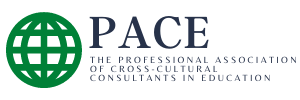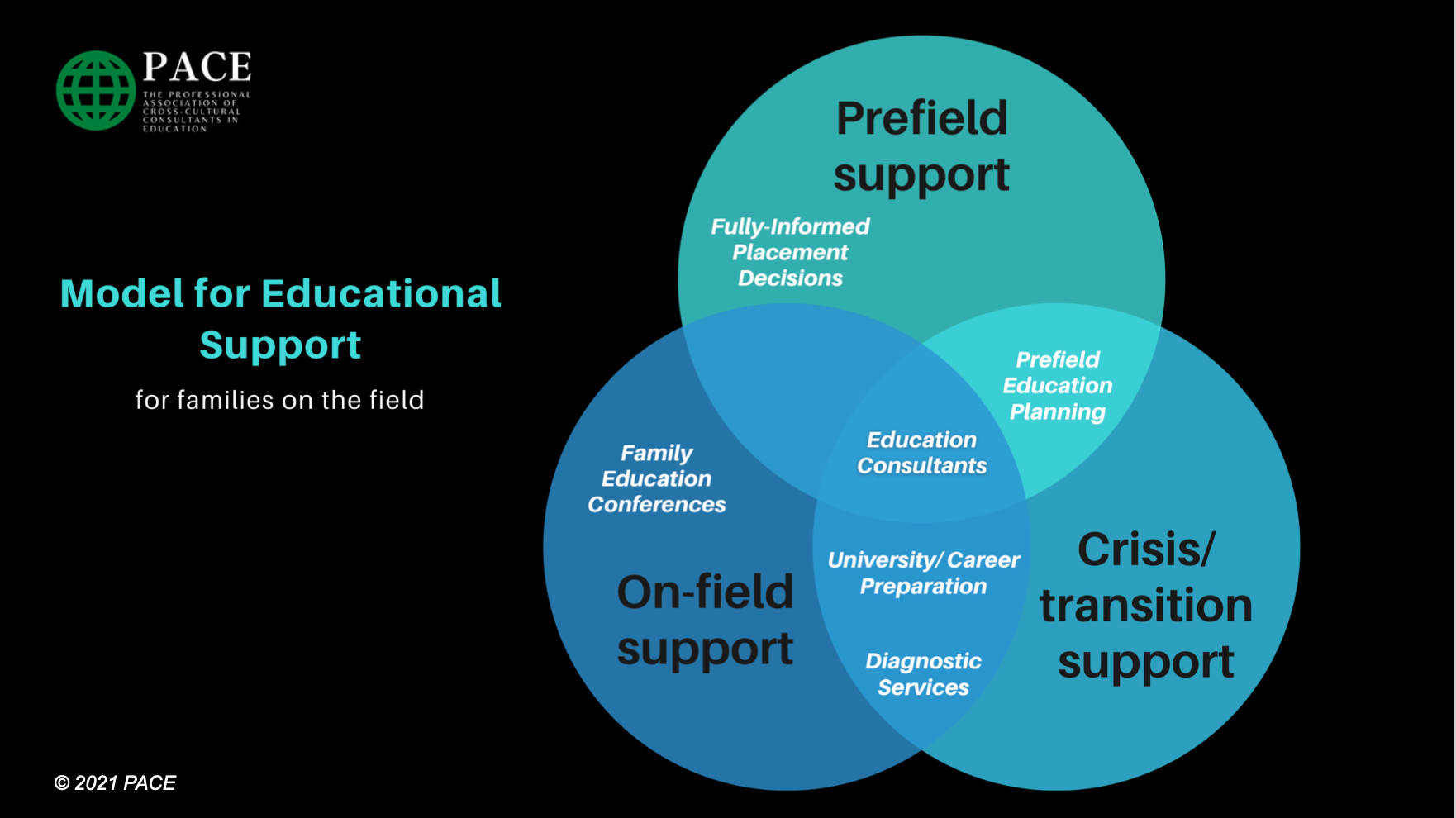In March, many education consultants gathered in person at the MK Education Summit near Atlanta…

How We Learn: Effective Strategies for Struggling Learners
Our guest blogger this week is Sandy E. Sandy travels as an Educational Consultant to Americans working for NGOs in Africa. Sandy previously taught special education in the US and has provided educational support to families since 2003. Based in West Africa, she advises families with children in all school settings and has extensive experience in the areas of assessment, behavior, and providing an appropriate education for students with learning differences. When not consulting, Sandy enjoys sports, hiking, and reading. Make sure you read part 1 and part 2 of this article.
When learning differences emerge…
1. They can occur during input, processing, or output
2. Areas in which differences may be manifested:
- Academics: basic skills, comprehension/application, fluency
- Attention (selective, sustained, divided, attentional capacity, attending to relevant features)
- Cognition (ability to think and learn, processing speed)
- Perception (visual, auditory, motor, discrimination, integration)
- Memory (short, working, long, storage and retrieval)
- Meta-cognition (thinking about thinking, self-awareness of how one learns)
- Language (receptive, expressive, pragmatics-the use of language in social situations)
- Social-emotional maturity
- Motor skills and coordination
- Over-activity or Impulsivity
What we can do about it…
1. Understand that:
- It is not intentional
- Kids need a teacher (direct instruction versus incidental learning)
- Takes a lot of effort, especially at first
2. Choose a good match between the intervention and the problem area
- Focus on specific knowledge, skills, behaviors or attitudes and not a label
- Focus on specific and ultimate outcomes desired
- Identify critical knowledge and skills, go deep vs. wide; consider long-term application
- Involves both teacher and student behavior (student needs teacher to be the adult)
3. Implement general, but effective strategies
- Clearly define expectations (directions/instructions, steps, behavior, model/demonstrate)
- Check for understanding (How will you know they understand the expectations?)
- Break task or assignment into smaller, manageable chunks (with built-in checks in place)
- Provide sufficient time to process and complete expectations (with built-in checks in place)
- Use multiple representations and provide sufficient opportunities for practice
- Make learning visible; model and verbalize the cognitive process
- Give them permission to move
- We tend to teach from our preferences which may not be effective for our students
4. Monitor for effectiveness
- Have a specific plan to measure change, hold student and yourself accountable for results
- Not working? Try another strategy. When it works – be encouraged, keep going!
5. Be patient with your own learning!
Additional Practices that Result in Successful Outcomes for Students with Learning Differences
1. Provide a Framework for Learning: Prime the student for learning
- Use of advance organizers: activities that orient students to the task and materials
- What is the topic?
- What do I need to do? Assignments?
- What do I need to learn?
- What is the important vocabulary?
- What are the due dates for assignments, tests?
- Activate students’ background knowledge
- Relating new material to previously learned material
- Students told in advance what they’ll be learning
- Sets the stage for learning and facilitates comprehension and ability to recall what has been learned
2. Model Processes and Strategies (Thinking Aloud and Instructional Conversations)
- Make learning visible
- Model and discuss the cognitive strategies (thinking processes) used for the task
- Think aloud to comment on your thought processes as you do the cognitive task
- Use discussions to make visible the thinking process needed for understanding
- Rather than give an answer, teacher models what questions to ask to determine required information
3. Teach Self-Regulation and Self-Monitoring (Self-Questioning Strategy)
- Students need to be taught how to monitor their own performance
- Have students keep track of how well they are understanding or performing
- Teach students to ask themselves questions about learning and performance
- What is my purpose in learning this?
- What is my plan for doing this task?
- Does what I’m learning, reading, or doing make sense?
- What do I already know about the topic?
- What are the main points I’m learning?
- How can I use this elsewhere?
- Teach students to ask themselves questions about learning and performance
- When students record their own progress, it provides immediate feedback and allows them to set goals and see concrete evidence of their progress
4. Provide Opportunities for Extended Practice and Application
- Critical to ensure continued mastery
- Particularly important to help minimize difficulties with complex cognitive activities
5. Use Learning Tools and Aids
- Computer assisted instruction (supplementing instruction with computer programs)
- Use technology based learning tools (add your own)
- Calculators
- Spell checkers
- Tape recorders
- Hand-held organizers
- Computer software
6. Adjust Workload and Time (accommodations)
- Can mastery be demonstrated with less work?
- Providing extended time to complete tests or projects
- Divide workload into smaller, manageable sections or tasks
7. Present Information and Demonstrate Learning using Multiple Representations
- Provides options for students who have difficulty processing information presented in only one way, goal is to have the students “engage” with the material in a variety of ways (visual, auditory, kinesthetic, etc.)
- Role play
- Computer simulations
- Class-wide peer tutoring, partner reviews
- Graphic organizers, study guides
- Text, books on tape, video/DVD
- Break lecture at natural stopping points for class interactions
- Conduct experiments
- Use manipulatives or other concrete examples to represent the learning objective
- Use analogies, metaphors, examples, non-examples, visual imagery
- Individual and group activities interacting with information
- Allow students to demonstrate their learning in multiple ways
8. Teach Students to use Memory Strategies
- Rehearsing and categorizing information to make it easier to learn
- Organizing and associating information
- Using mnemonic devices
- Rehearsal strategies (reinforces pathways in the brain)
- Using visual imagery
- Making up acronyms
- Key words
- Put information to music
- Cue students when to use the strategies they’ve learned
Final Thoughts…
Understand how your child learns… provide the level of support needed but no more… and continually reflect on the teaching and learning process, while making adjustments as necessary.
© 2012-2023 PACE
All rights reserved


